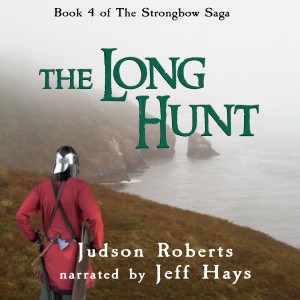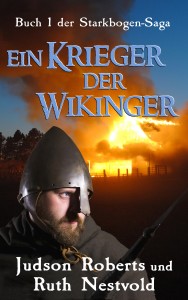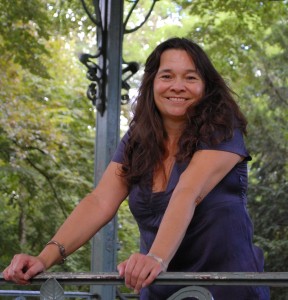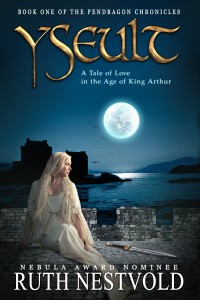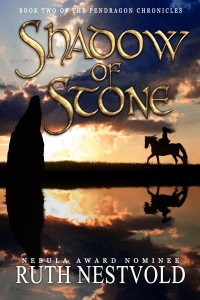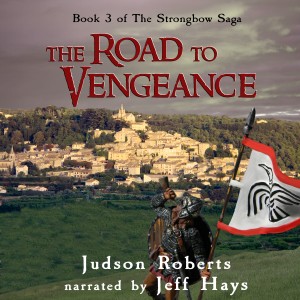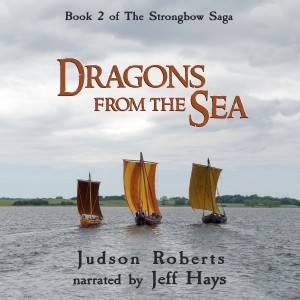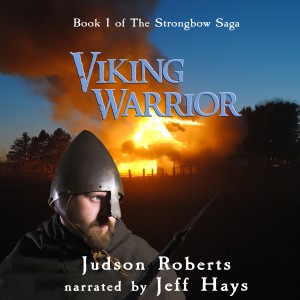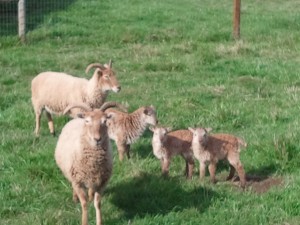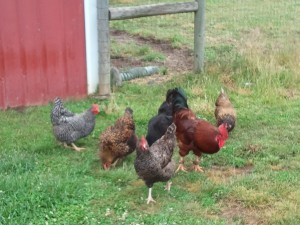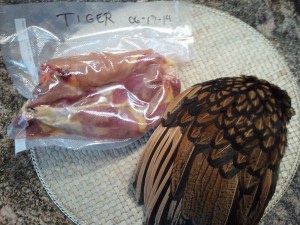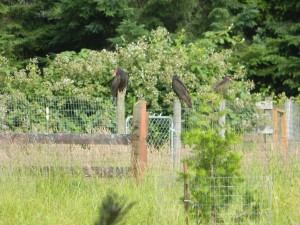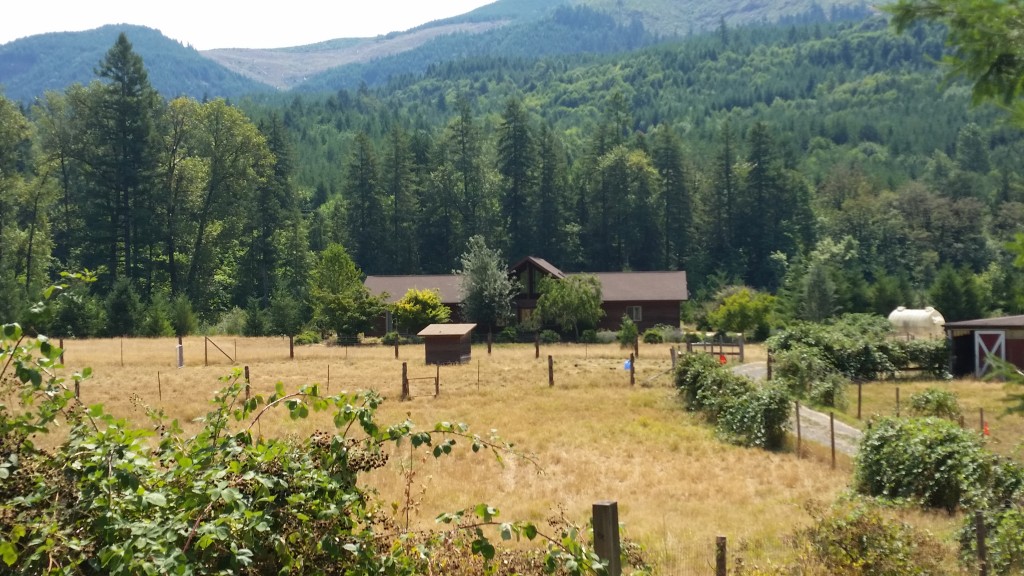 How time flies! I did not realize it had been so long since I last posted here.
How time flies! I did not realize it had been so long since I last posted here.
I will be in Portland, Oregon on Friday, August 7th, to teach two classes at the Willamette Writers Conference. At 9:00 AM I’ll be in a panel discussion, “Do It Yourself: Three Case Studies in Successful Self-Publishing,” with authors Annie Bellet and William Hertling and self-publishing trainer Carla King. And at 10:30 AM, I’ll be teaching “Bringing the Past to Life: Research Strategies and Methods for Writing Historical Fiction.” The Willamette Writers Conference this year has a self-publishing track block of courses that should be very helpful to any writers who are either considering getting involved in self-publishing their own work, or who are already doing so, but are looking to improve their success and skills.
But no doubt you are wondering, after having heard nothing from me for so long, where I currently am with my writing. My plan was to devote this year to completing The Beast of Dublin, a historical thriller novel set in the Strongbow Saga world which I began back in 2009, which is a stand-alone story but also is, in some ways, a prequel to the Strongbow Saga. I’d hoped to complete and publish it by summer, but as often happens, life intervened with my plans and intentions. Much of my time and energy during the first months of this year were taken up with two big issues: helping my stepdaughter Laura make the big move from Texas to Oregon, and battling with my former publisher, HarperCollins, over copyright violation issues–I discovered that they were still selling e-book editions of my books years after no longer having the legal right to do so. Both issues ended well: Laura is now happily an Oregonian, and HarperCollins and I finally resolved our differences satisfactorily, but I am behind schedule on my writing as a result. I still hope, however, to complete and publish The Beast of Dublin by the end of this year, and to write and publish the final volume of the Strongbow Saga in 2016.
But I have learned to accept, in this fourth year in my new home and life in Oregon, that writing will not take place during the summer. Our farm consumes every moment of our time during that season.
My wife, Jeanette, and I produce a significant amount of the food we consume, and each year the percentage we produce increases. We grow a large variety–over 50 different crops over the course of the year–of vegetables in our large garden, the orchard we laboriously planted in 2012 is finally beginning to (literally) bear fruit, and wild blackberries grow abundantly on our land. Summer is a time of tending to the garden, harvesting and processing vegetables and berries, and filling our two freezers with vacuum-sealed packages that will provide us with fresh organic food for the coming year.
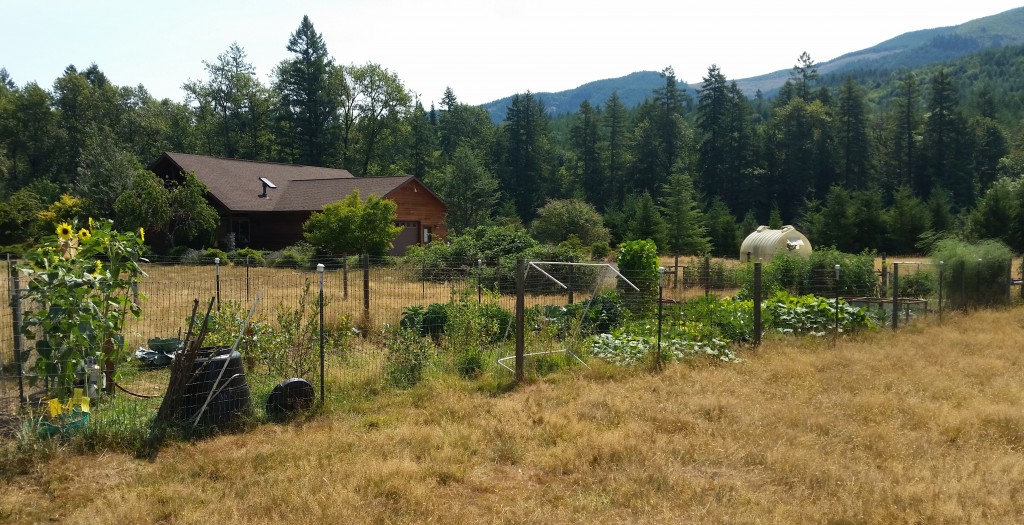 This year that has all been complicated by the weather. Western Oregon is in the midst of a terrible drought. Our pastures are so dry that the grass crunches underfoot when we walk across them. The mountains had very little snowfall this past winter, and as a result rivers and streams are at record low levels. Tragically, the low water levels and much higher than normal water temperatures are wreaking havoc with the salmon and steelhead populations: hundreds of thousands have already died while trying to return to their home rivers to spawn. And the effects of the drought have been compounded by wave after wave of extremely high temperatures–we’ve had five 100 degree or higher heat waves already this summer, and virtually no rain. Last week, for example the high temperatures recorded on our farm on Thursday, Friday, and Saturday were 108.5, 105.6, and 103.4. On such days, we can only work outside for relatively brief portions of the morning and late evenings, and much of that time of necessity is devoted to watering the garden and orchard and caring for the animals’ needs. And the wildfire danger is very high. Earlier this summer we scythed a wide fire break in the pasture around our home, and are now relying on the sheep to keep it eaten short.
This year that has all been complicated by the weather. Western Oregon is in the midst of a terrible drought. Our pastures are so dry that the grass crunches underfoot when we walk across them. The mountains had very little snowfall this past winter, and as a result rivers and streams are at record low levels. Tragically, the low water levels and much higher than normal water temperatures are wreaking havoc with the salmon and steelhead populations: hundreds of thousands have already died while trying to return to their home rivers to spawn. And the effects of the drought have been compounded by wave after wave of extremely high temperatures–we’ve had five 100 degree or higher heat waves already this summer, and virtually no rain. Last week, for example the high temperatures recorded on our farm on Thursday, Friday, and Saturday were 108.5, 105.6, and 103.4. On such days, we can only work outside for relatively brief portions of the morning and late evenings, and much of that time of necessity is devoted to watering the garden and orchard and caring for the animals’ needs. And the wildfire danger is very high. Earlier this summer we scythed a wide fire break in the pasture around our home, and are now relying on the sheep to keep it eaten short.
Speaking of the sheep, this year our small herd was increased by the birth of three new lambs, and decreased by the death of one sheep. This spring for the first time we culled the herd, and killed and butchered a sheep for meat. We took Ramses, a three year old ram, who was formerly the leader of the herd. He had grown somewhat aggressive over the past year, regularly attacking the younger rams to assert his dominance over them, and even charging me several times. The herd is a much more peaceful community now, and his meat is quite tender and tasty.
Our two mature ewes each had a lamb in early spring. The first we feared would not survive its first 24 hours, because its mother, Sweetie (an absolute misnomer of a name–she has a very cranky disposition), gave birth on the far side of our property, away from the safety of the barn and the small pastures around it where the ewes have always given birth before. Only three days earlier, a cougar had been spotted prowling less that 100 yards away from the area where she gave birth. Our sheep are Soay, a semi-wild ancient heritage breed that originated on an island off the coast of Scotland, and we feared that if we tried to move the baby to safety, Sweetie might abandon it–something that sheep sometimes do if the bonding process between the mother and new-born lamb is interrupted. So we reluctantly left her to fend for herself and the lamb overnight, and our fears for its safety were increased when a cold rain fell for much of the night. But somehow it survived, and the next morning, with the help of Sigrid, our Border Collie, we encouraged Sweetie and her lamb to slowly make their way across the pasture to the safety of the barn. We named the lamb, a male, Lucky, because we felt he was very lucky to have survived.
Our other mature ewe, Pretty Girl, who is pictured below (she has been unusually slow to lose her winter wool this year–Soay sheep normally shed their coats in the early summer), is a much better mother than Sweetie. Her lamb was born several weeks later, and quickly was awarded the name Allie, because only a few days after she was born we saw her pee–how we usually determine the sex of new lambs–and said Hallelujah, this one’s a girl!
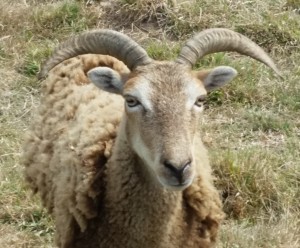 The third lamb was a surprise, and did not arrive until late spring. She was born to Deidre, a young ewe who was one of the twins born to Pretty Girl last year. Because of her young age and the fact that she showed no signs at all of being pregnant, we were not anticipating a lamb from Deidre this year. Deidre is still smaller than full size, so the lamb was tiny, but has seemed very healthy from birth. It has kept us in suspense about its sex, though, because months after its birth we still have not witnessed it peeing–a fact which eventually won it the name of Nopey. In the photo below, the child-mother Deidre is on the left, Allie is in back on the right, and Nopey is in front, chewing on a mouthful of beet greens. From the shape of Nopey’s developing horns, which look similar to Allie’s (plus the absence so far of a visible scrotum), we’re beginning to hope “it” will prove to be a she.
The third lamb was a surprise, and did not arrive until late spring. She was born to Deidre, a young ewe who was one of the twins born to Pretty Girl last year. Because of her young age and the fact that she showed no signs at all of being pregnant, we were not anticipating a lamb from Deidre this year. Deidre is still smaller than full size, so the lamb was tiny, but has seemed very healthy from birth. It has kept us in suspense about its sex, though, because months after its birth we still have not witnessed it peeing–a fact which eventually won it the name of Nopey. In the photo below, the child-mother Deidre is on the left, Allie is in back on the right, and Nopey is in front, chewing on a mouthful of beet greens. From the shape of Nopey’s developing horns, which look similar to Allie’s (plus the absence so far of a visible scrotum), we’re beginning to hope “it” will prove to be a she.
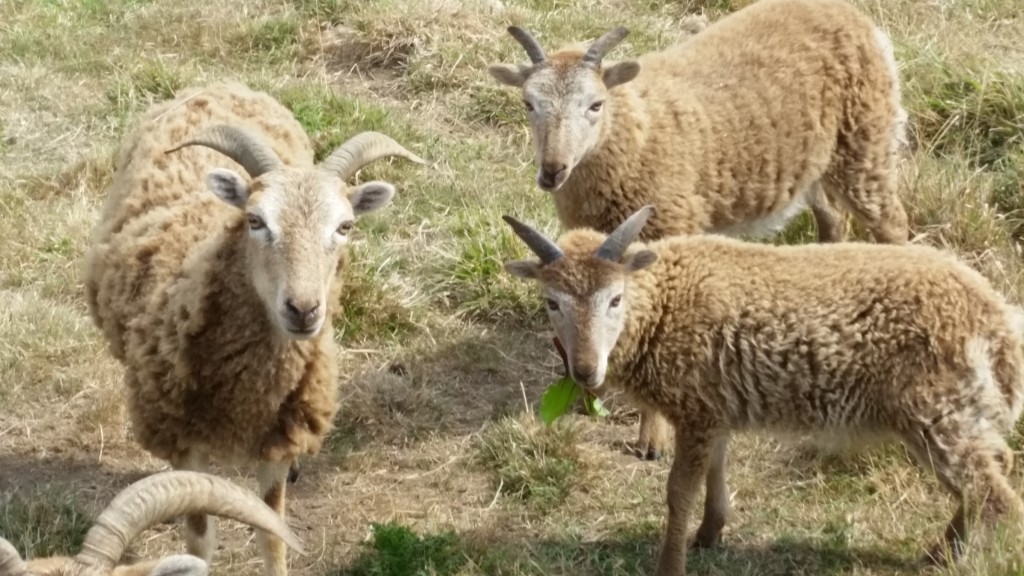 And that’s the news from the farm. In my next post–which will not be so long in coming as this one was–I’ll share some photos from last year’s research trip to Ireland, including scenes that will figure in The Beast of Dublin and in the final portions of Halfdan’s story in the Strongbow Saga.
And that’s the news from the farm. In my next post–which will not be so long in coming as this one was–I’ll share some photos from last year’s research trip to Ireland, including scenes that will figure in The Beast of Dublin and in the final portions of Halfdan’s story in the Strongbow Saga.



